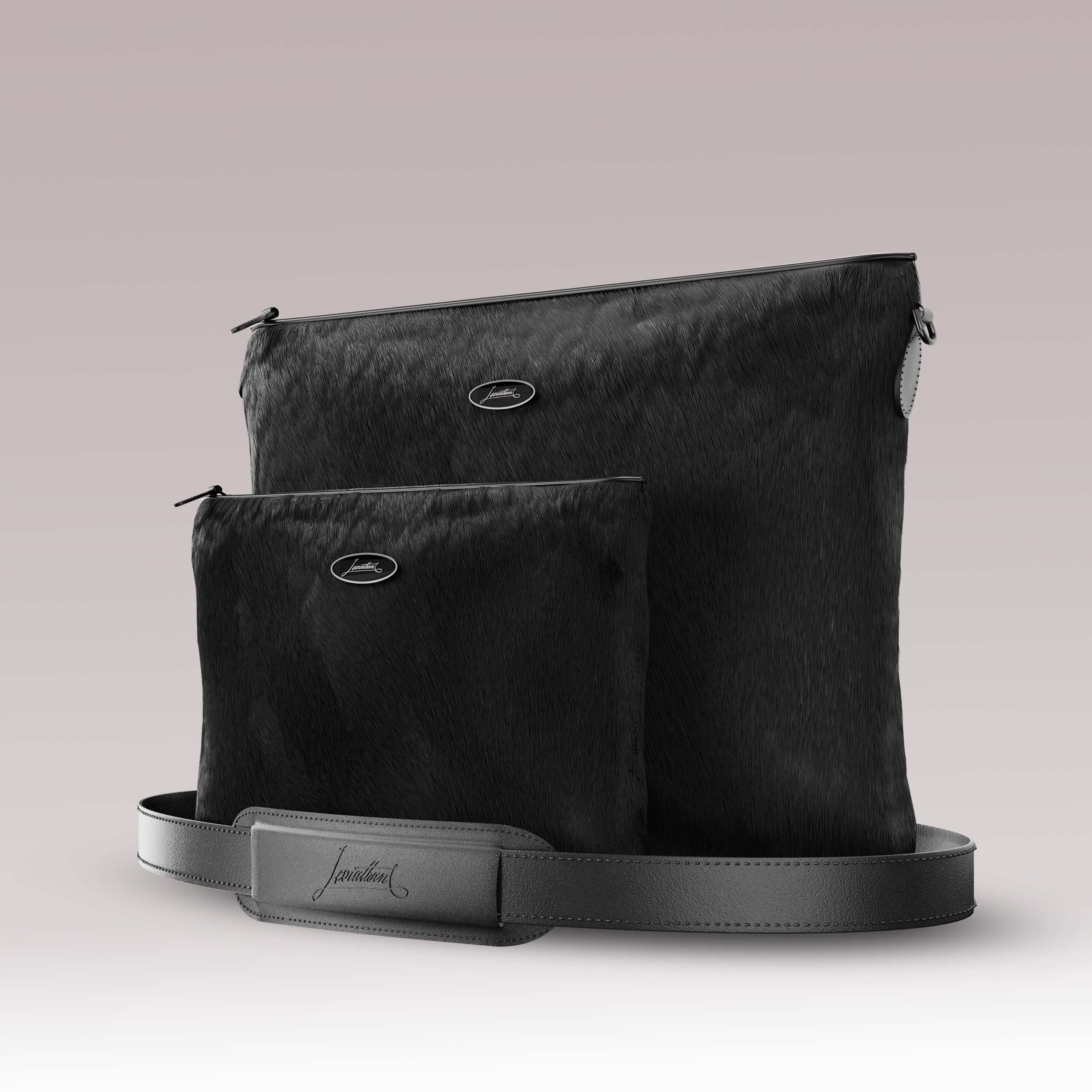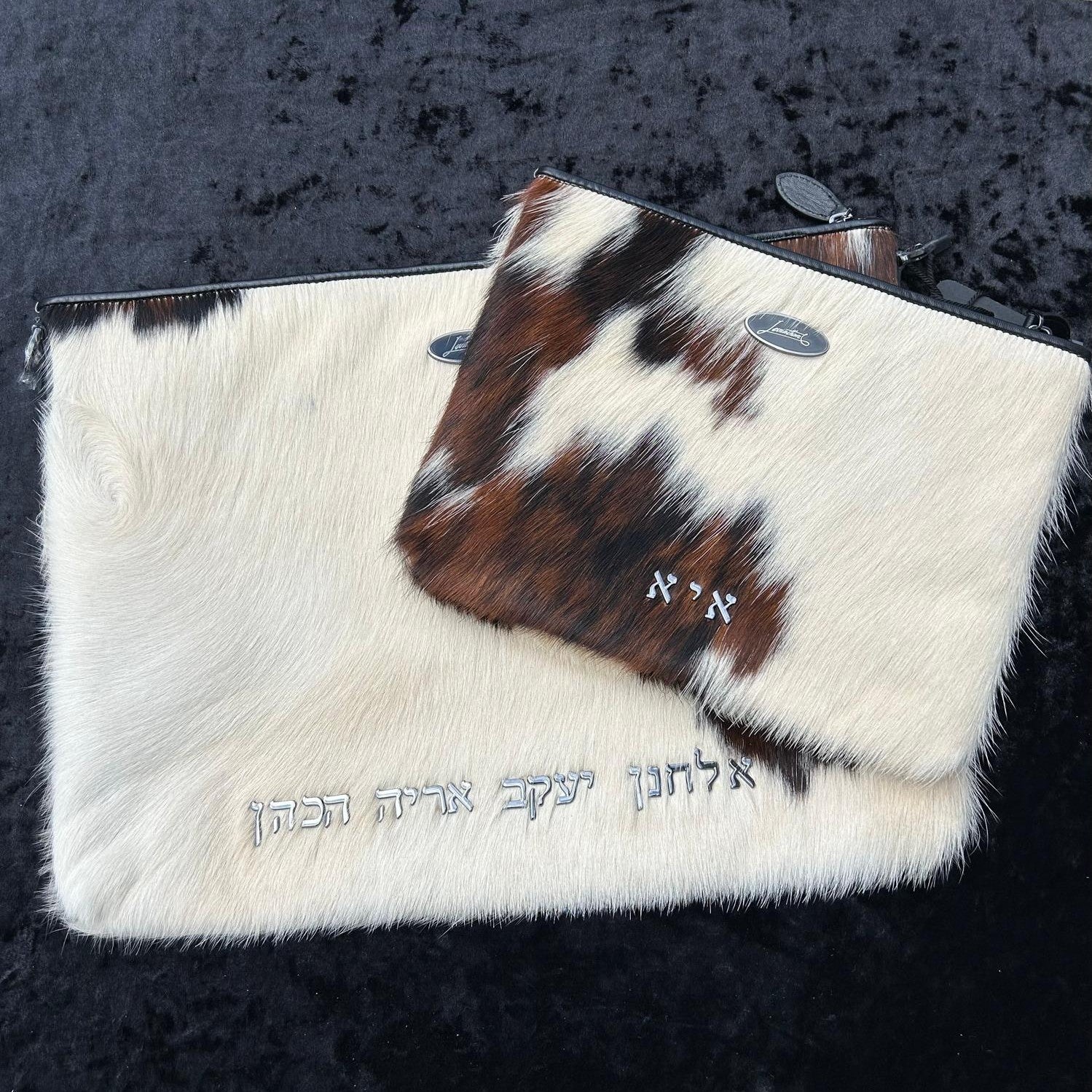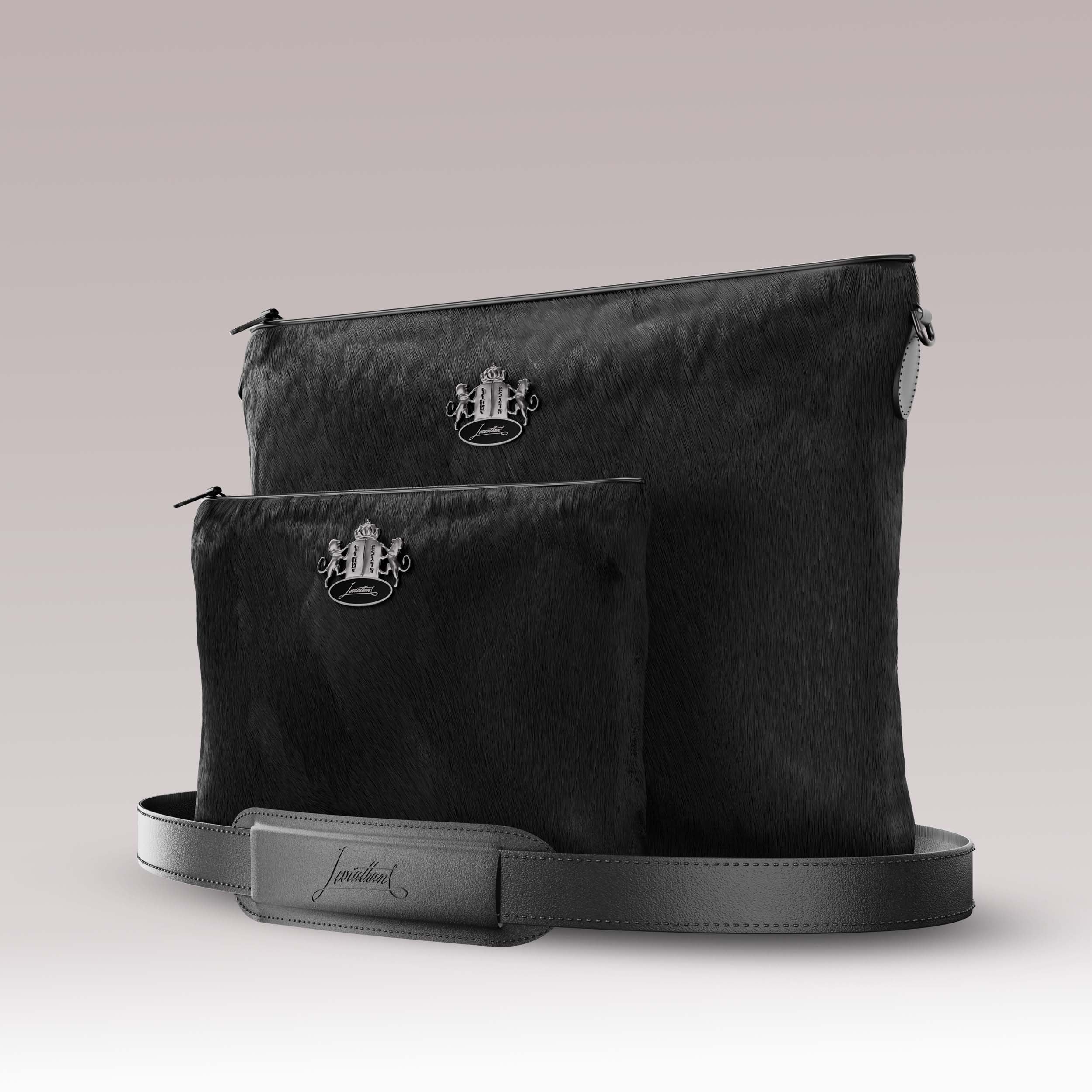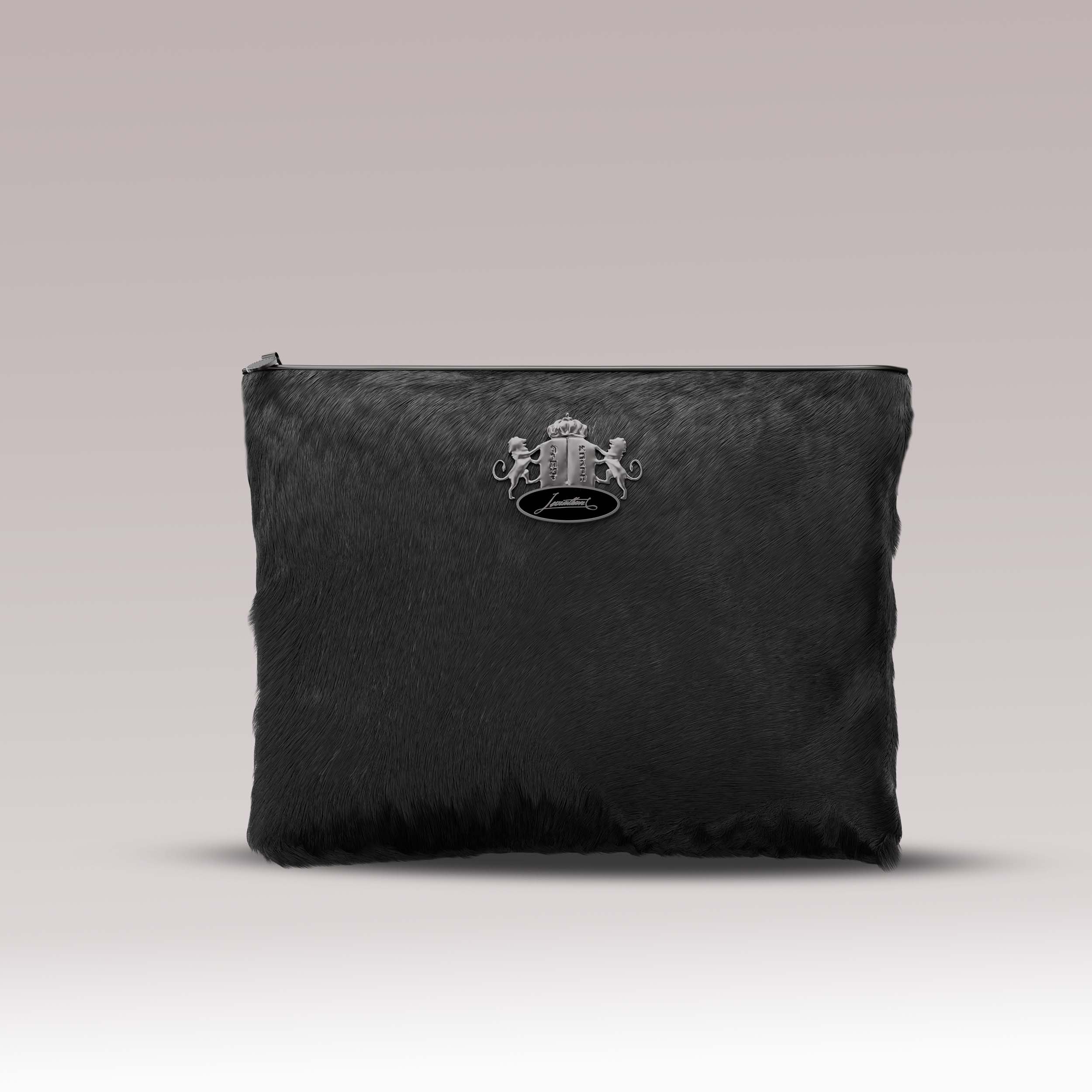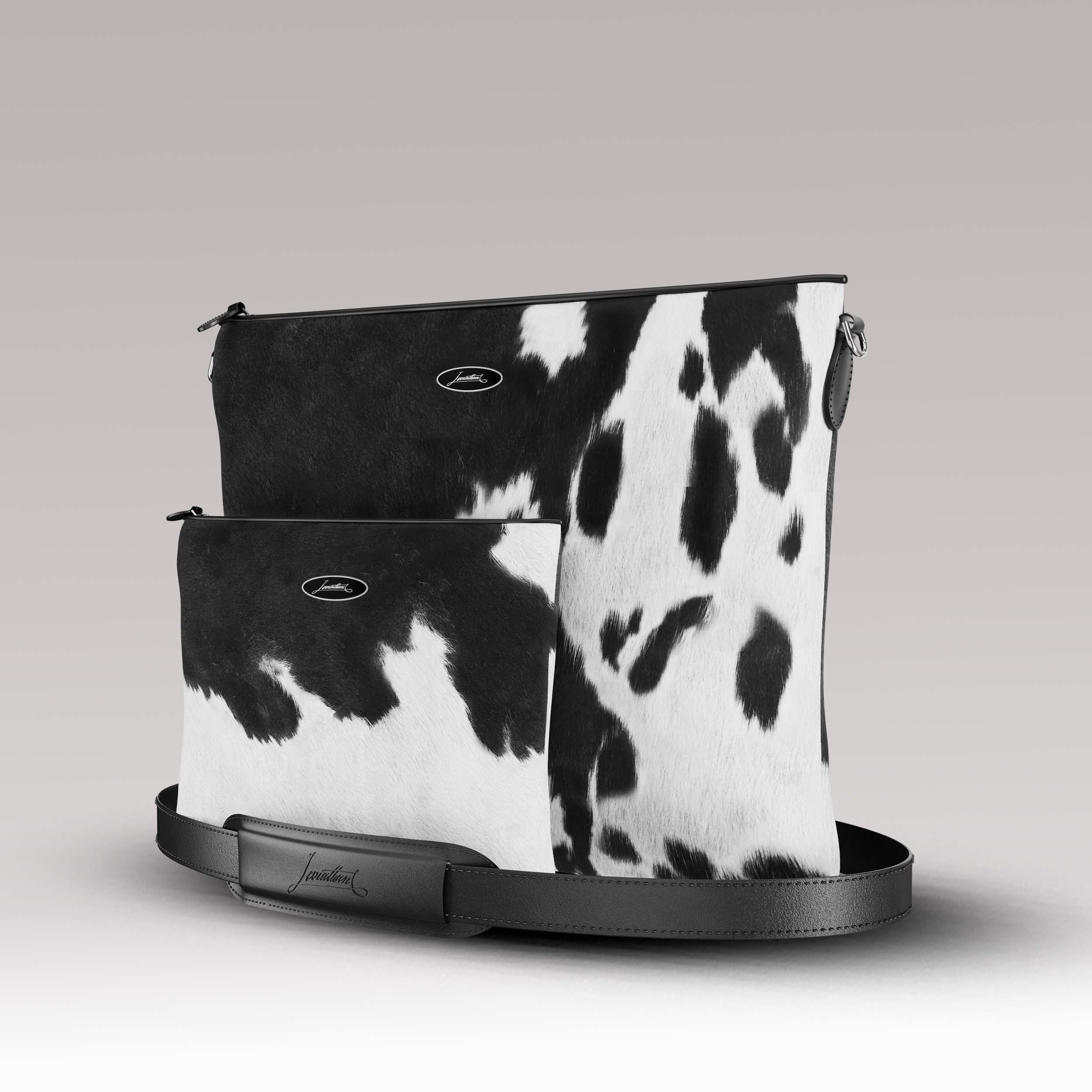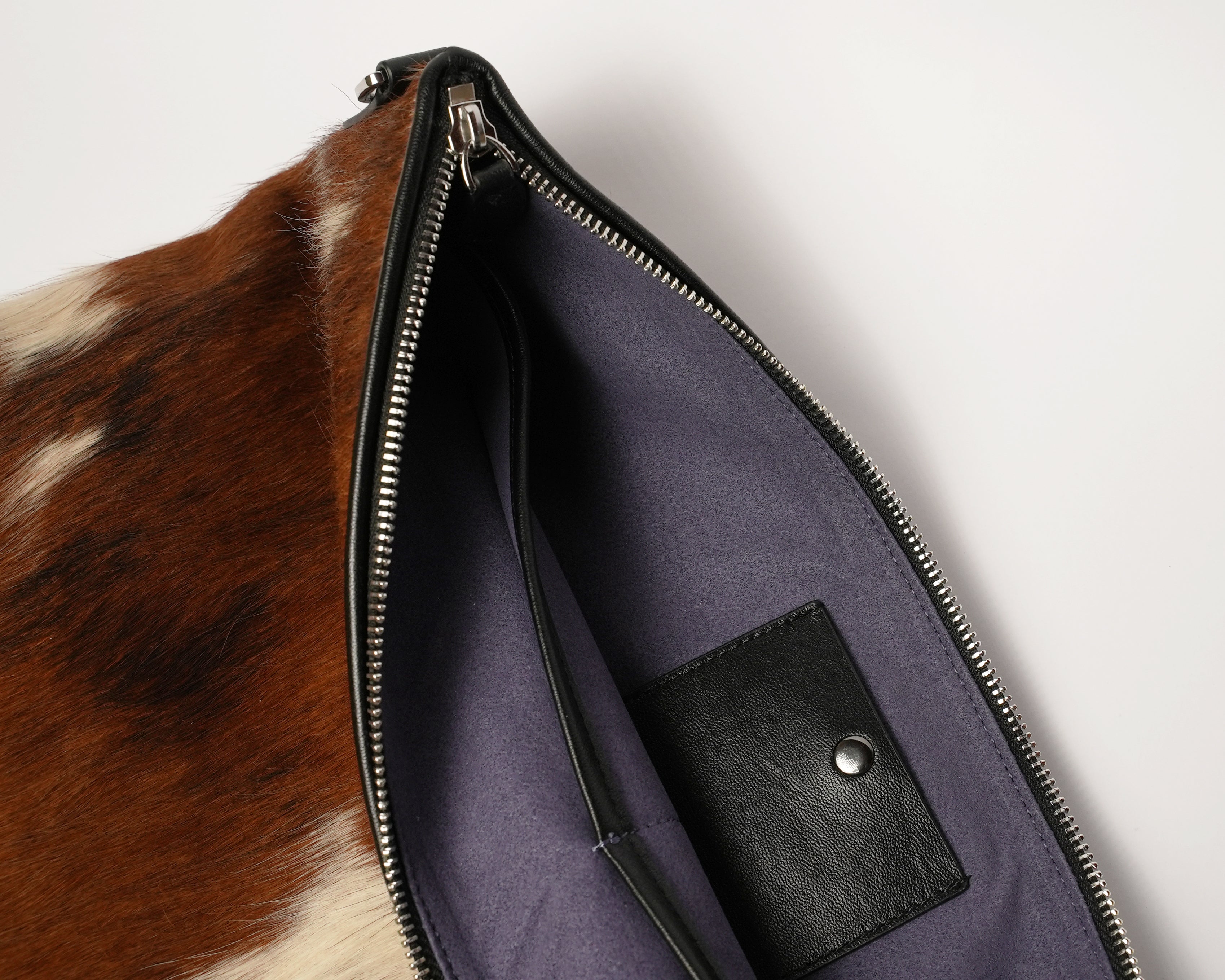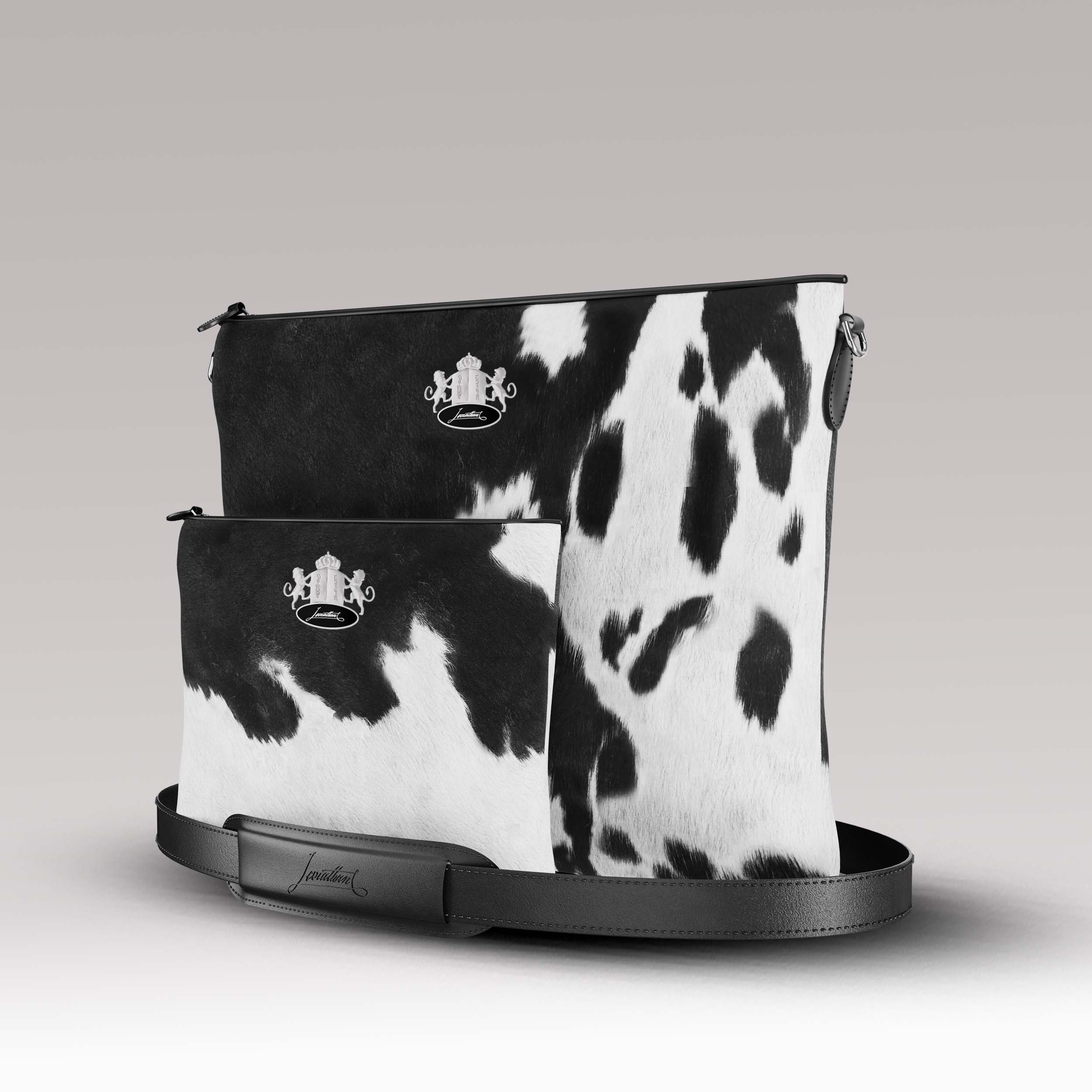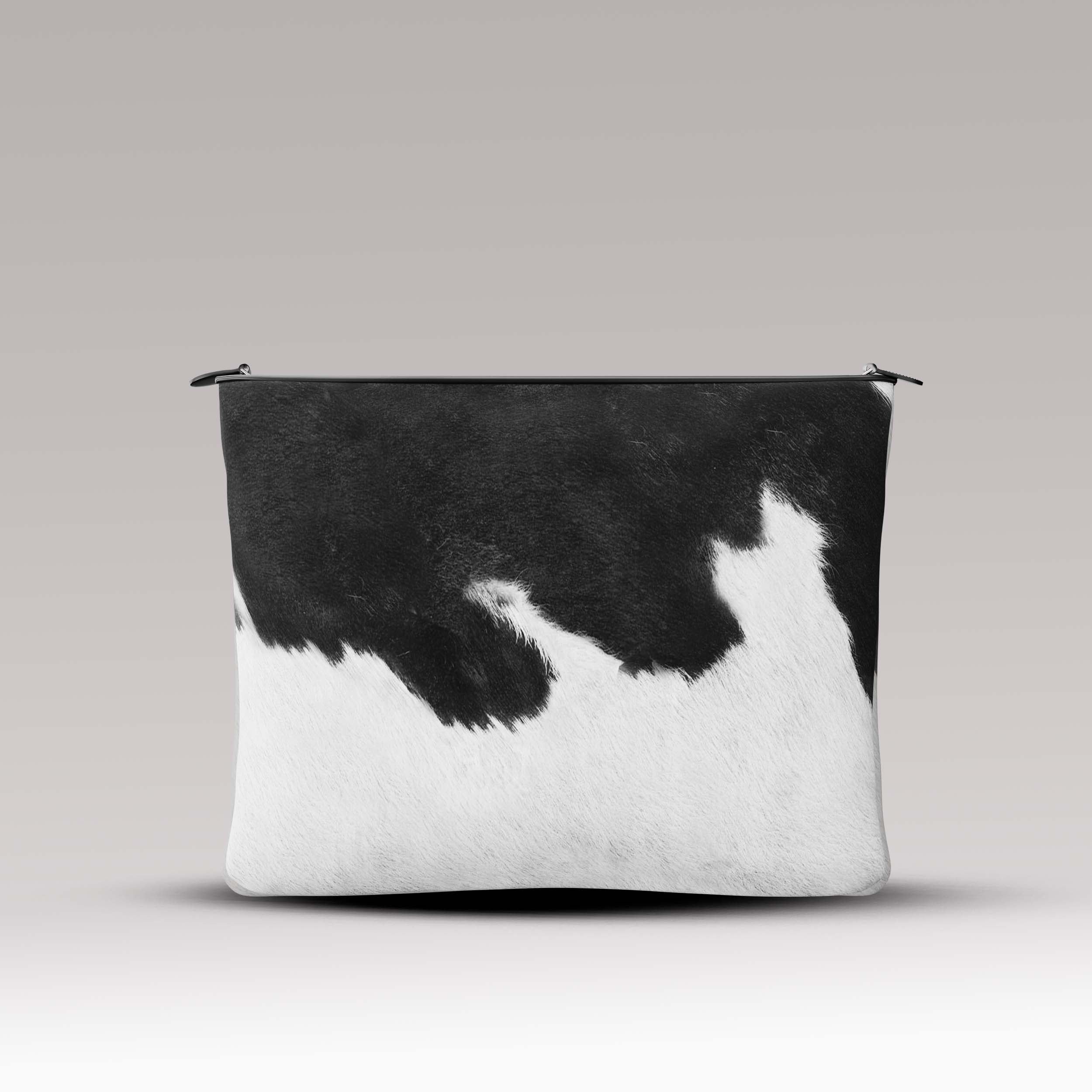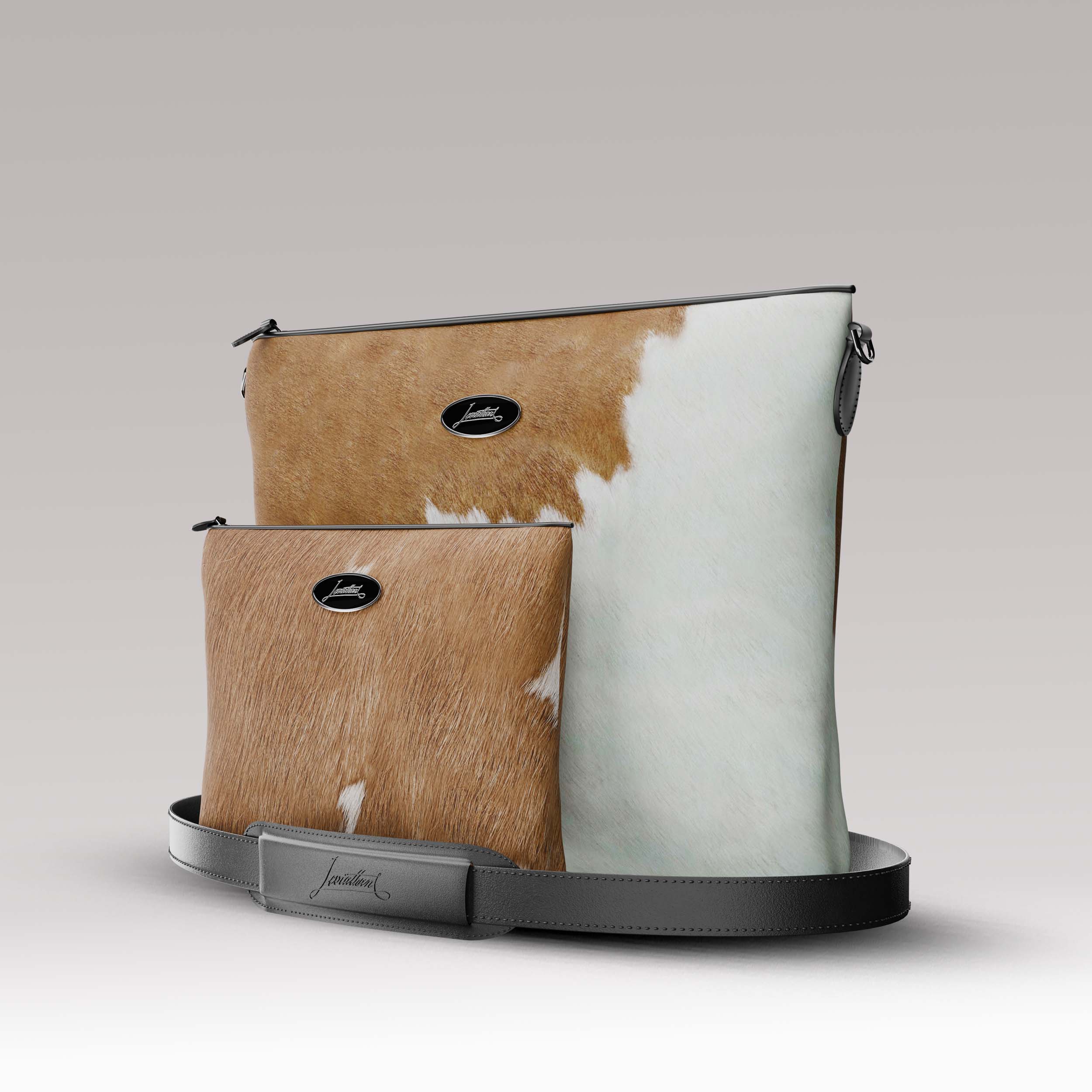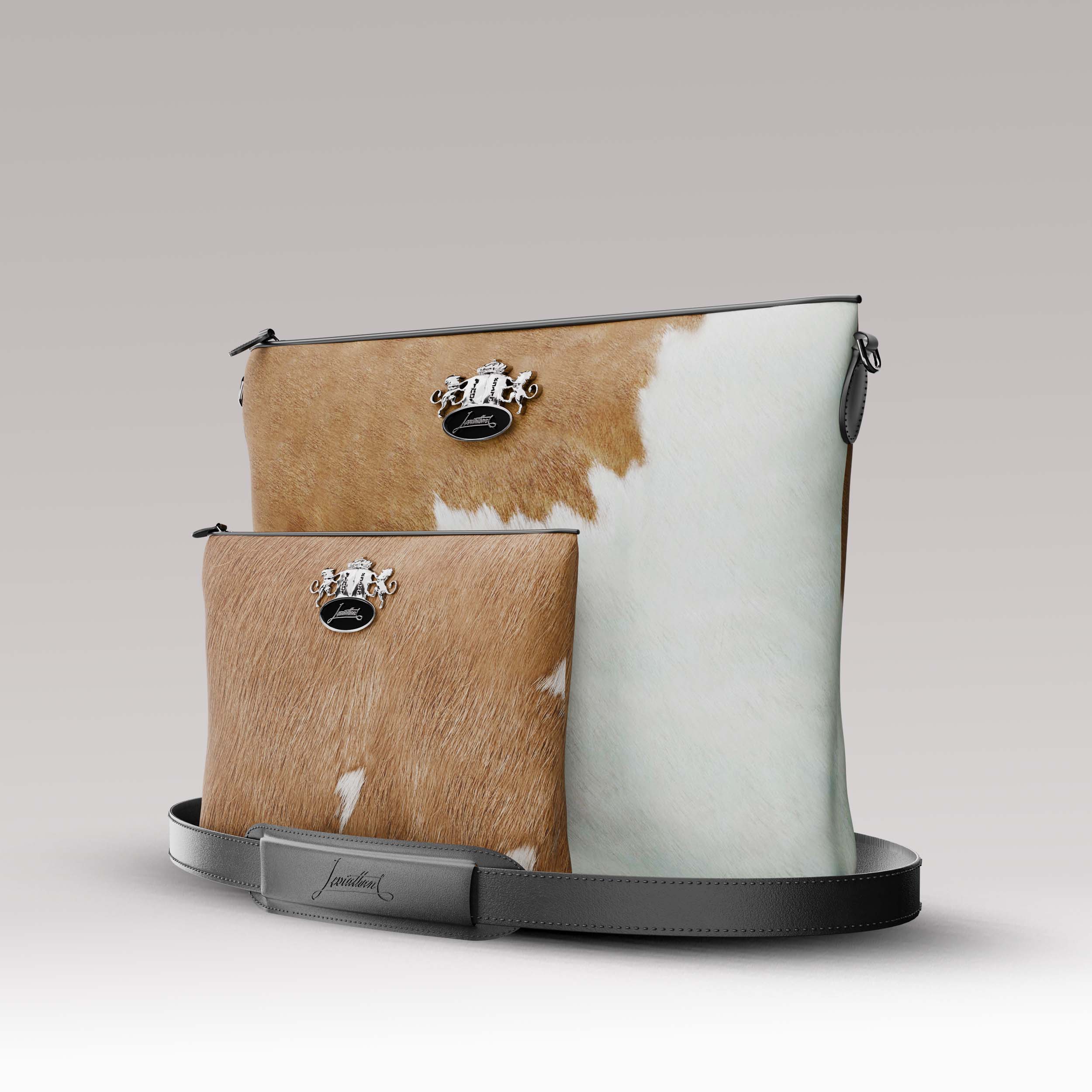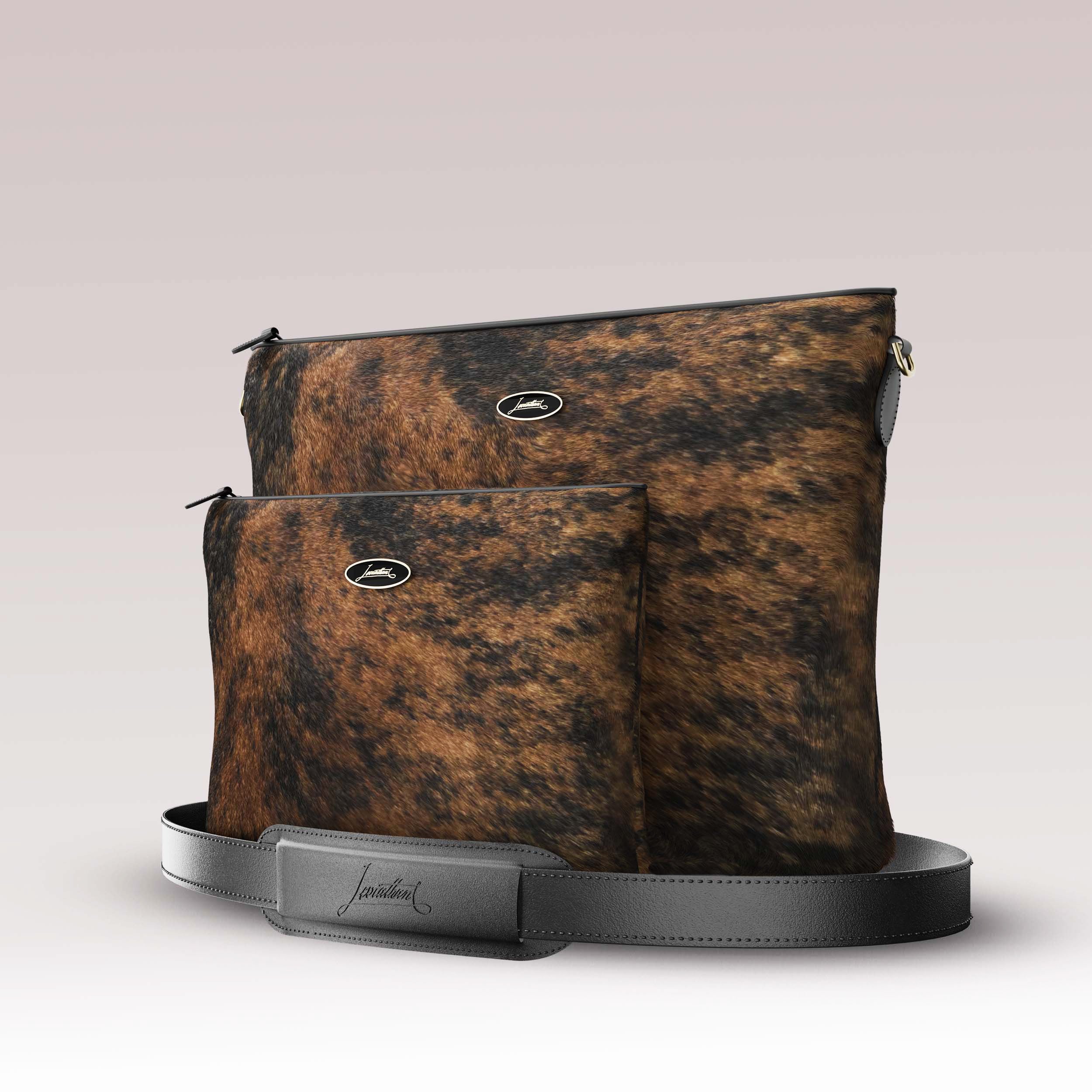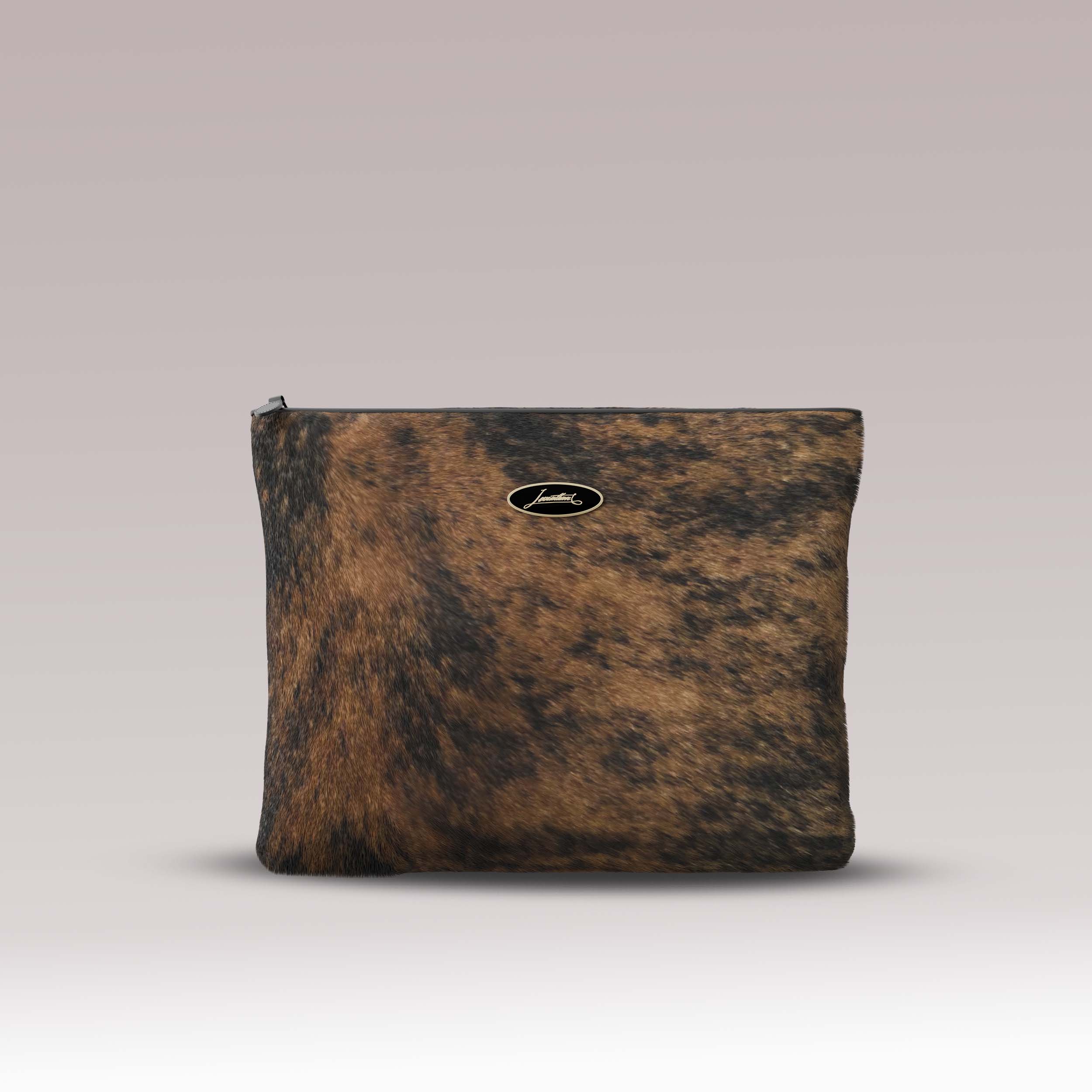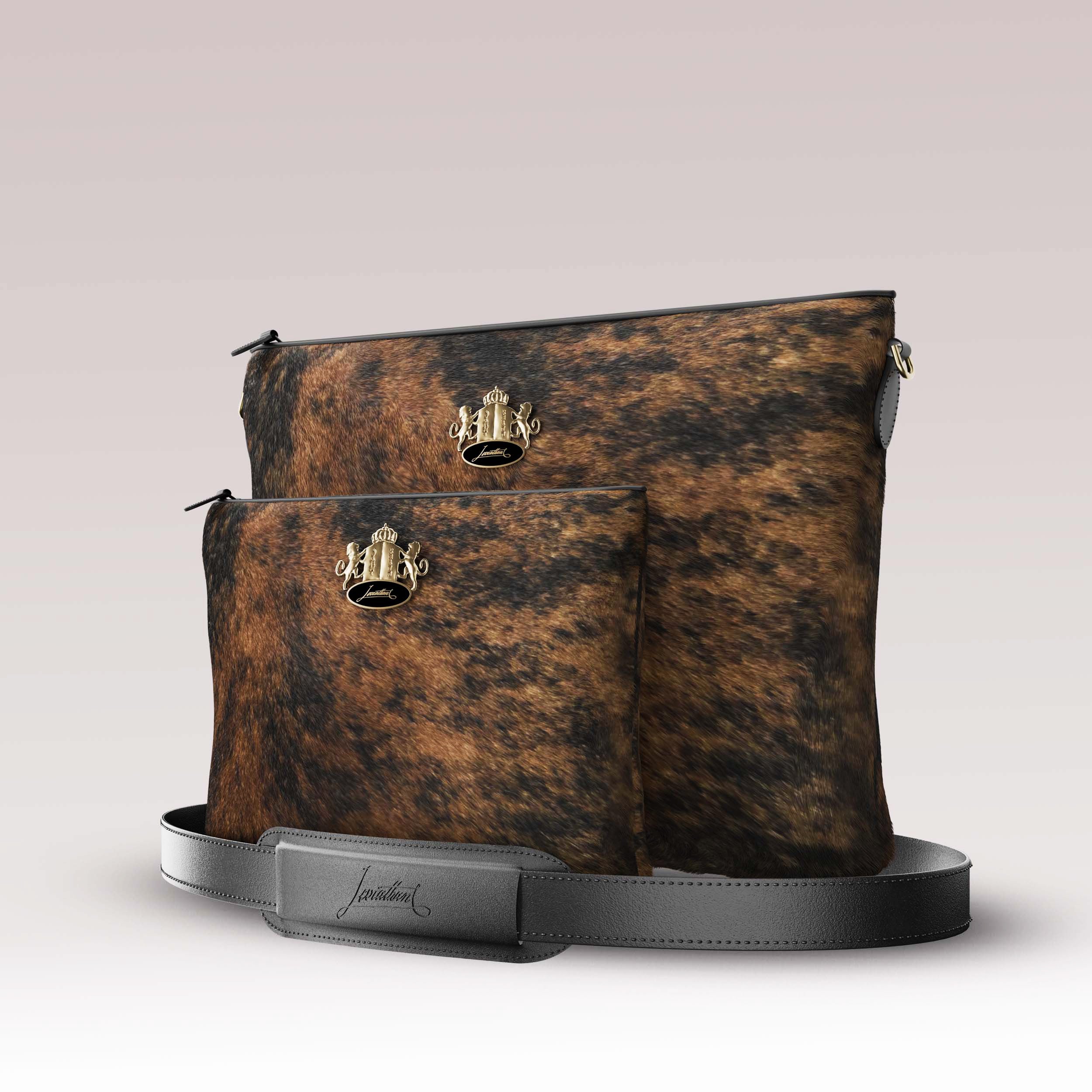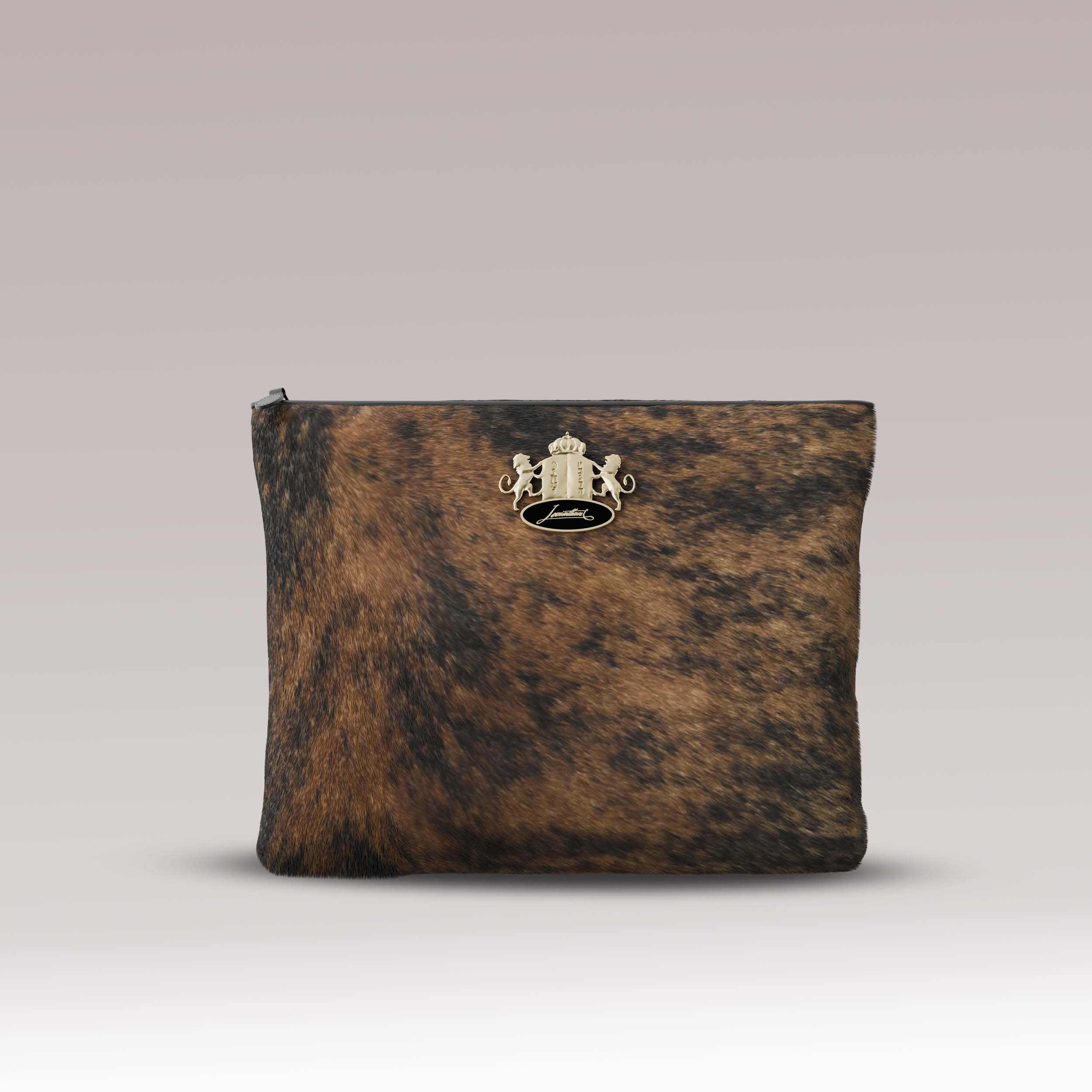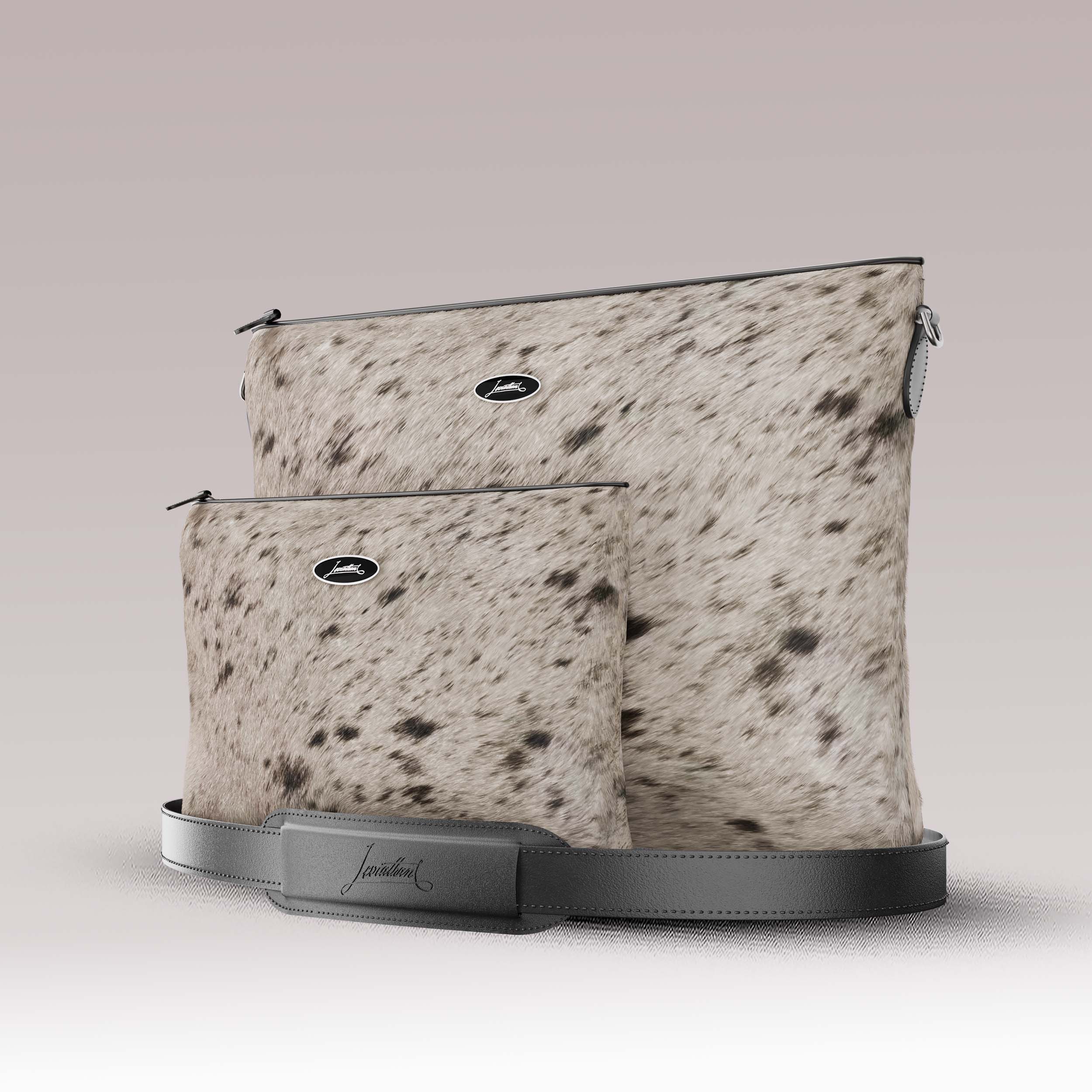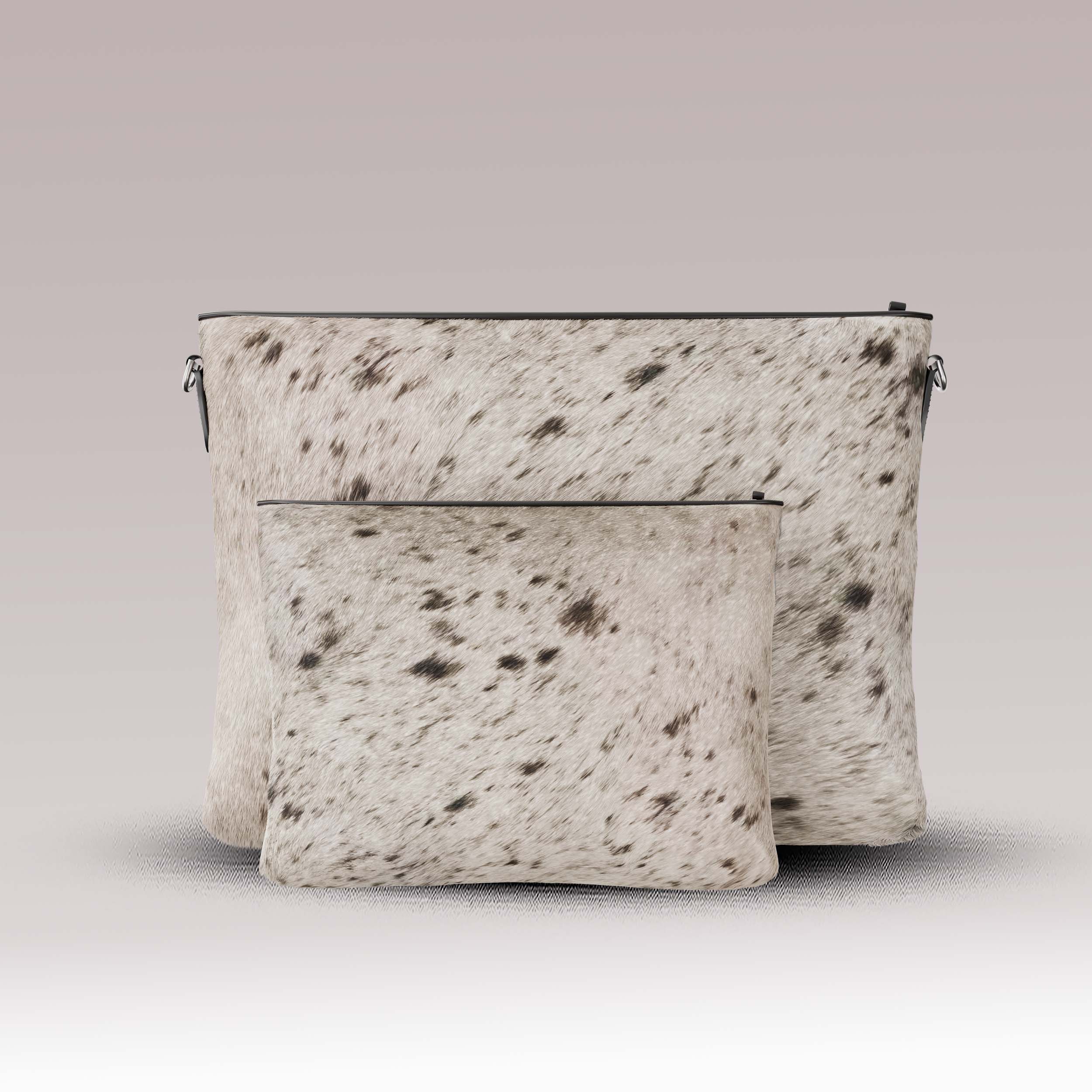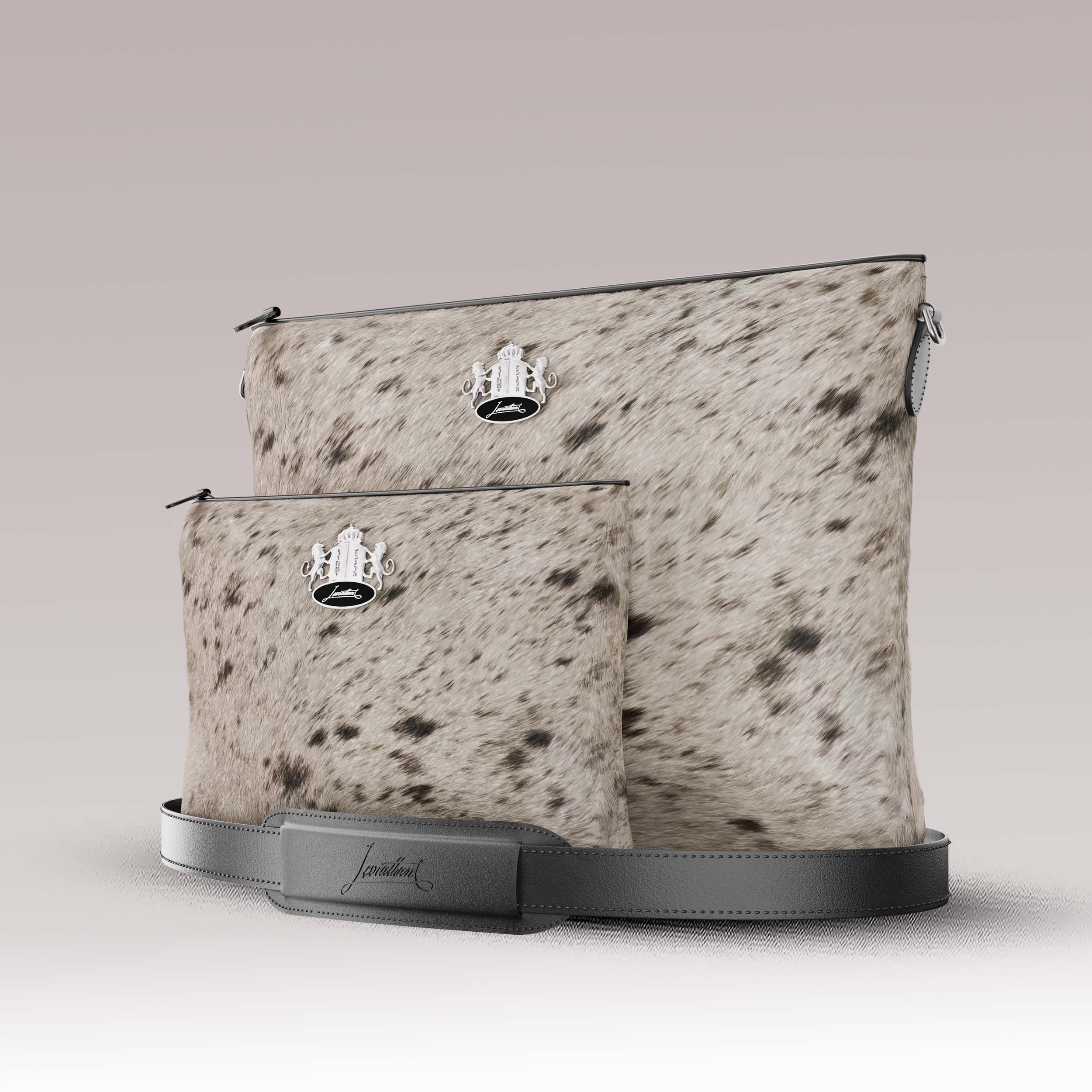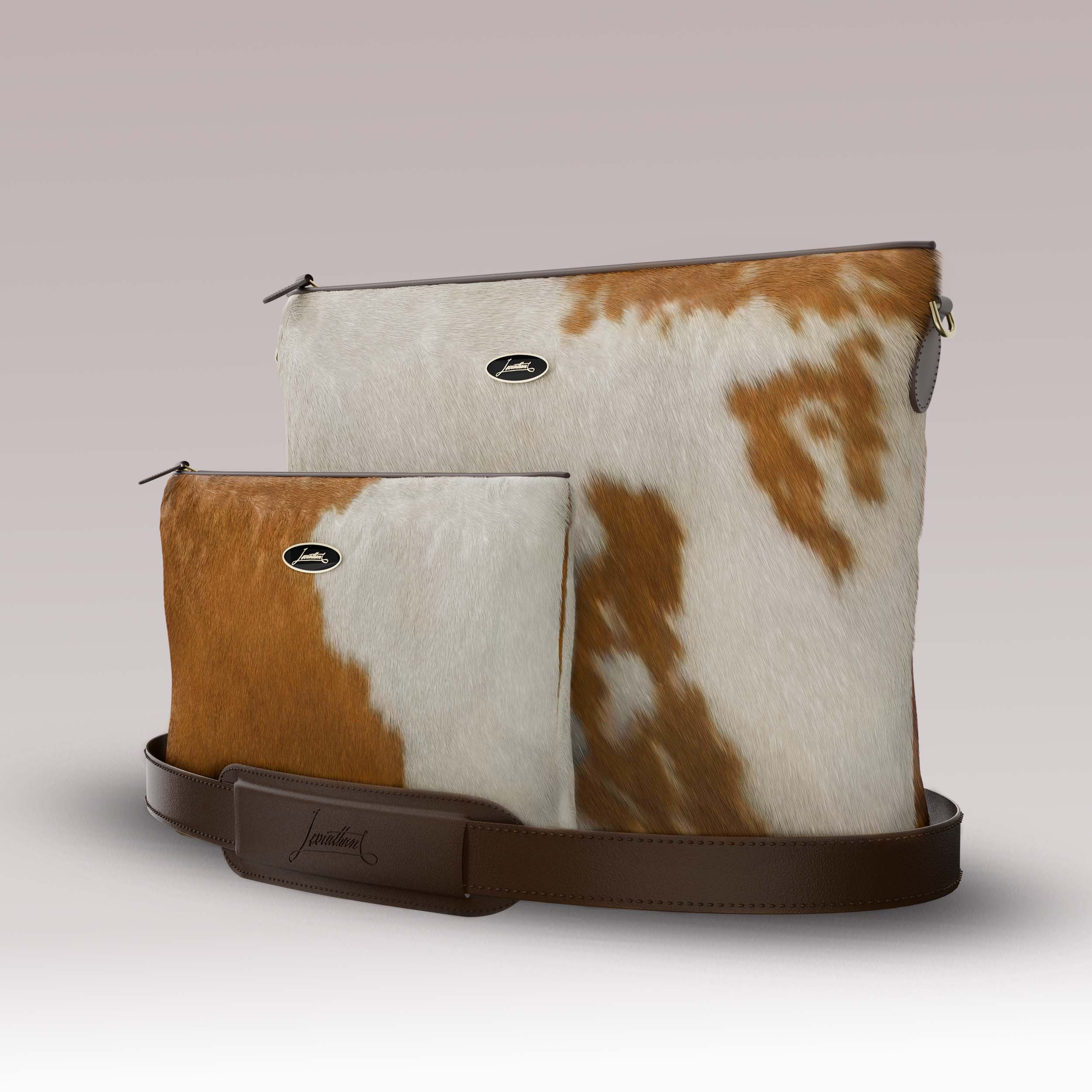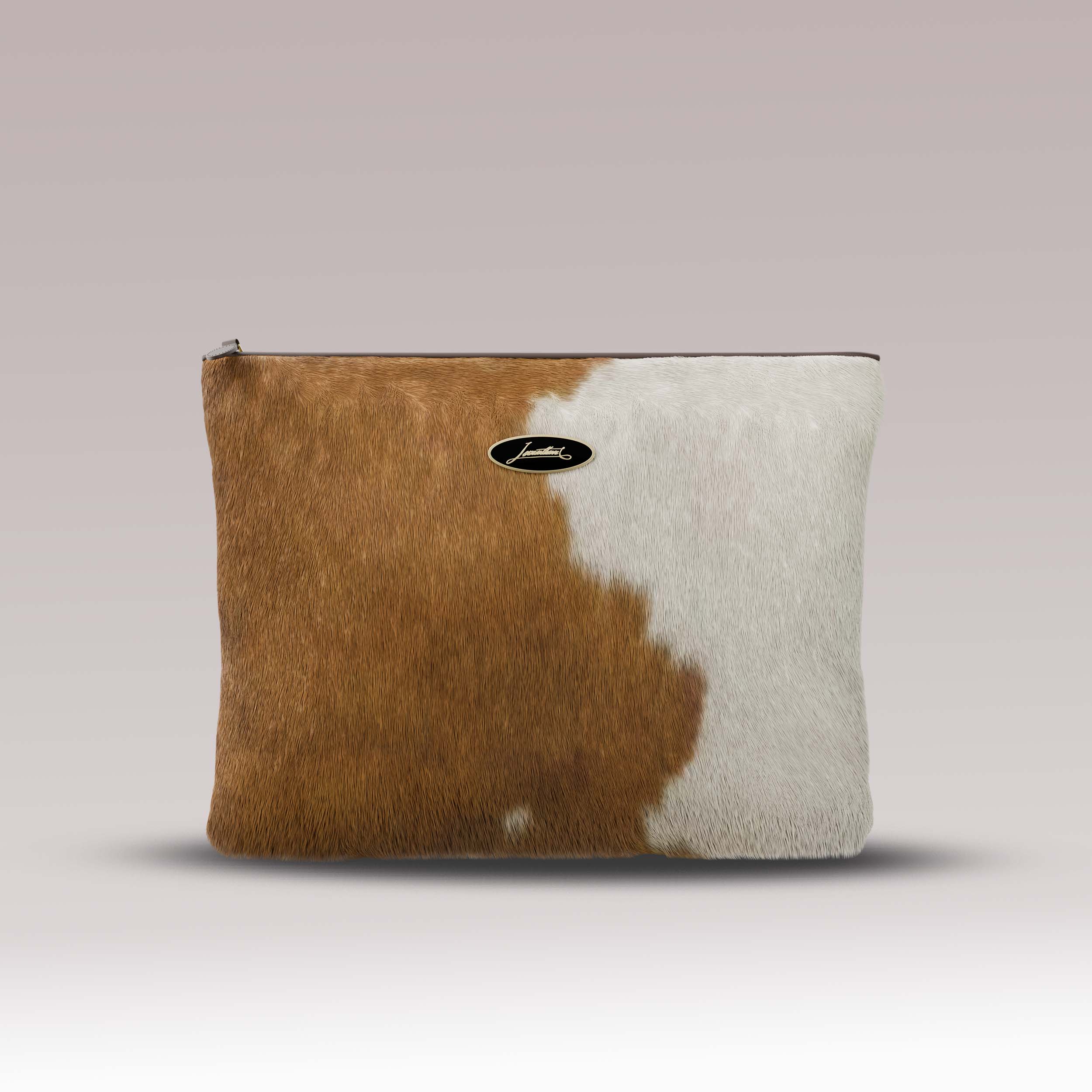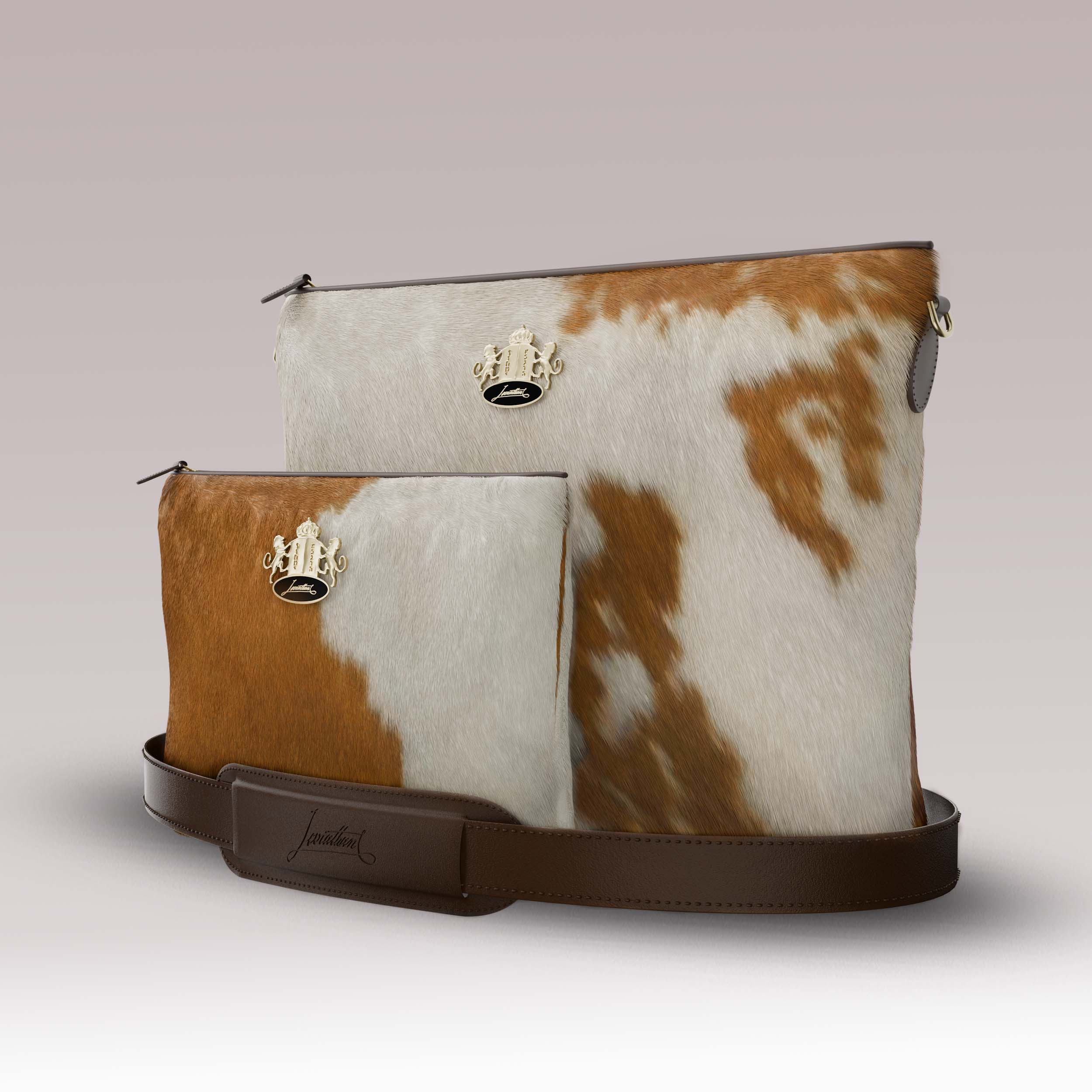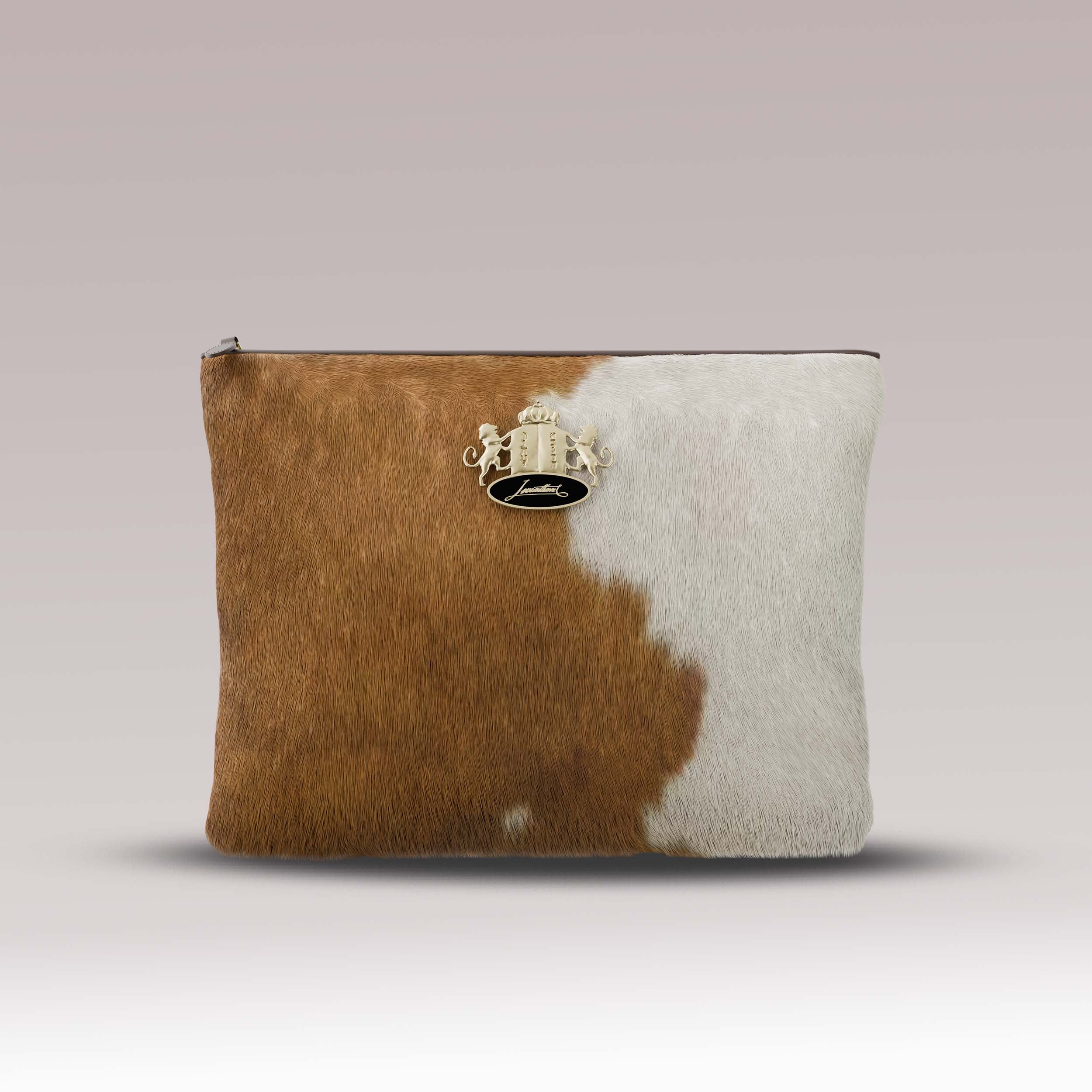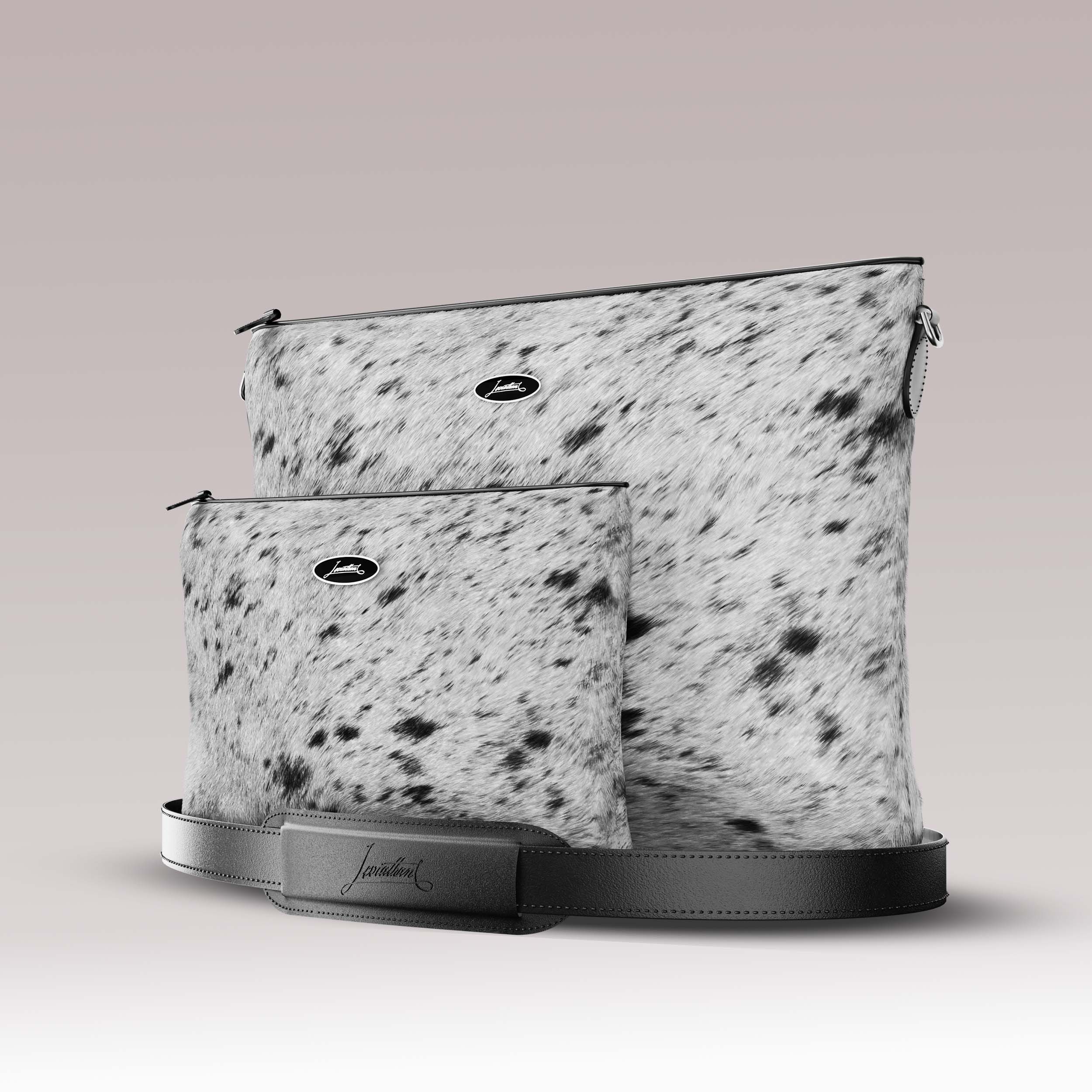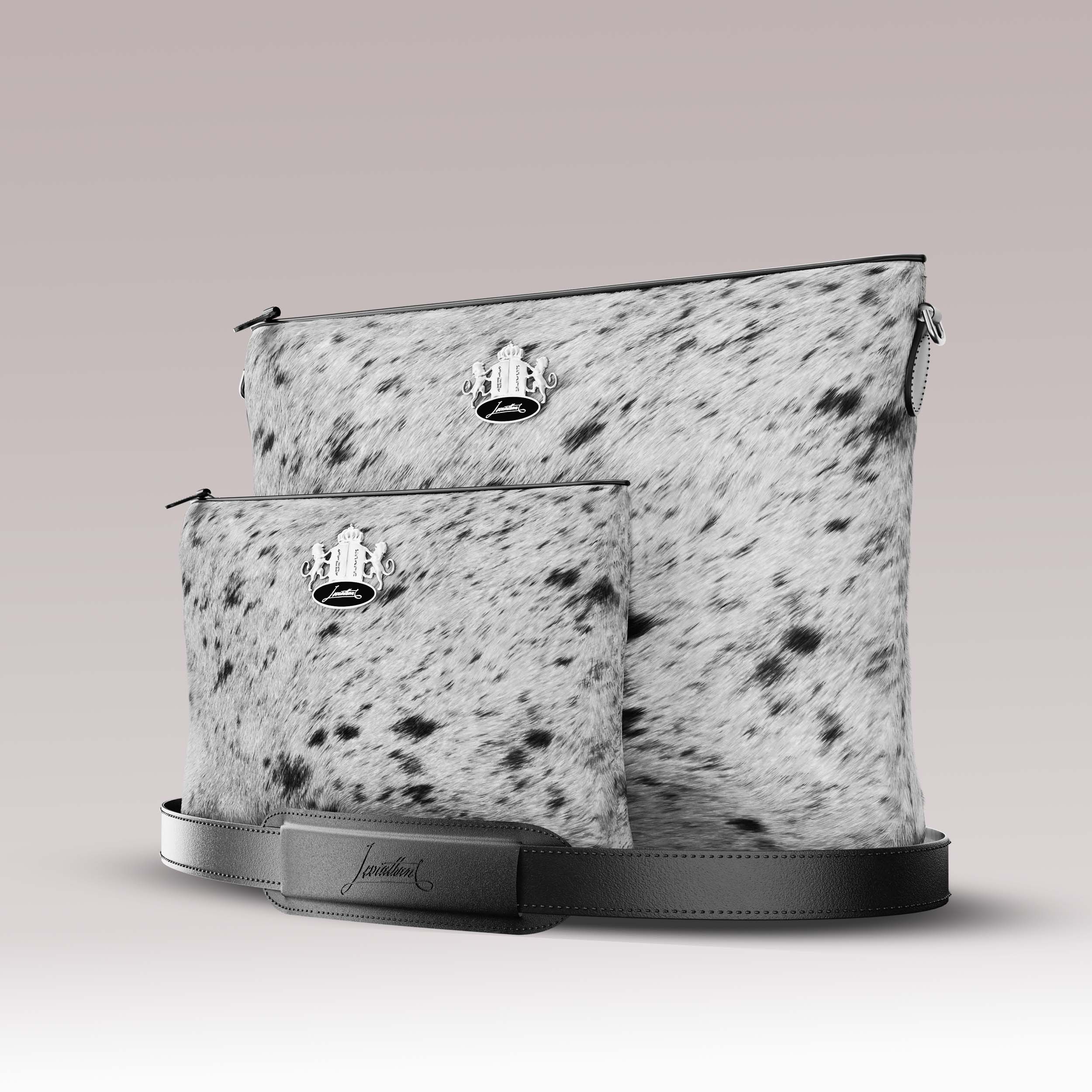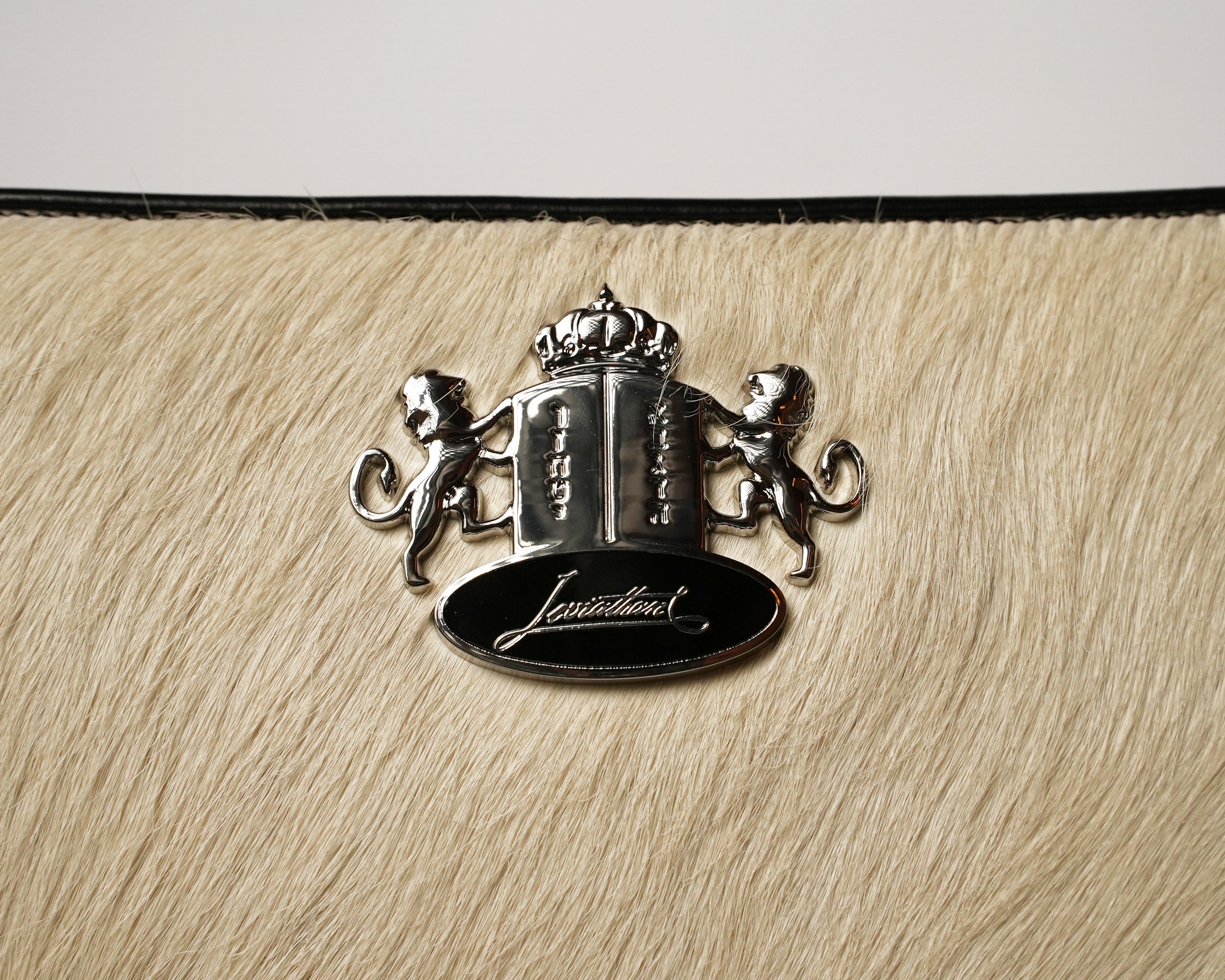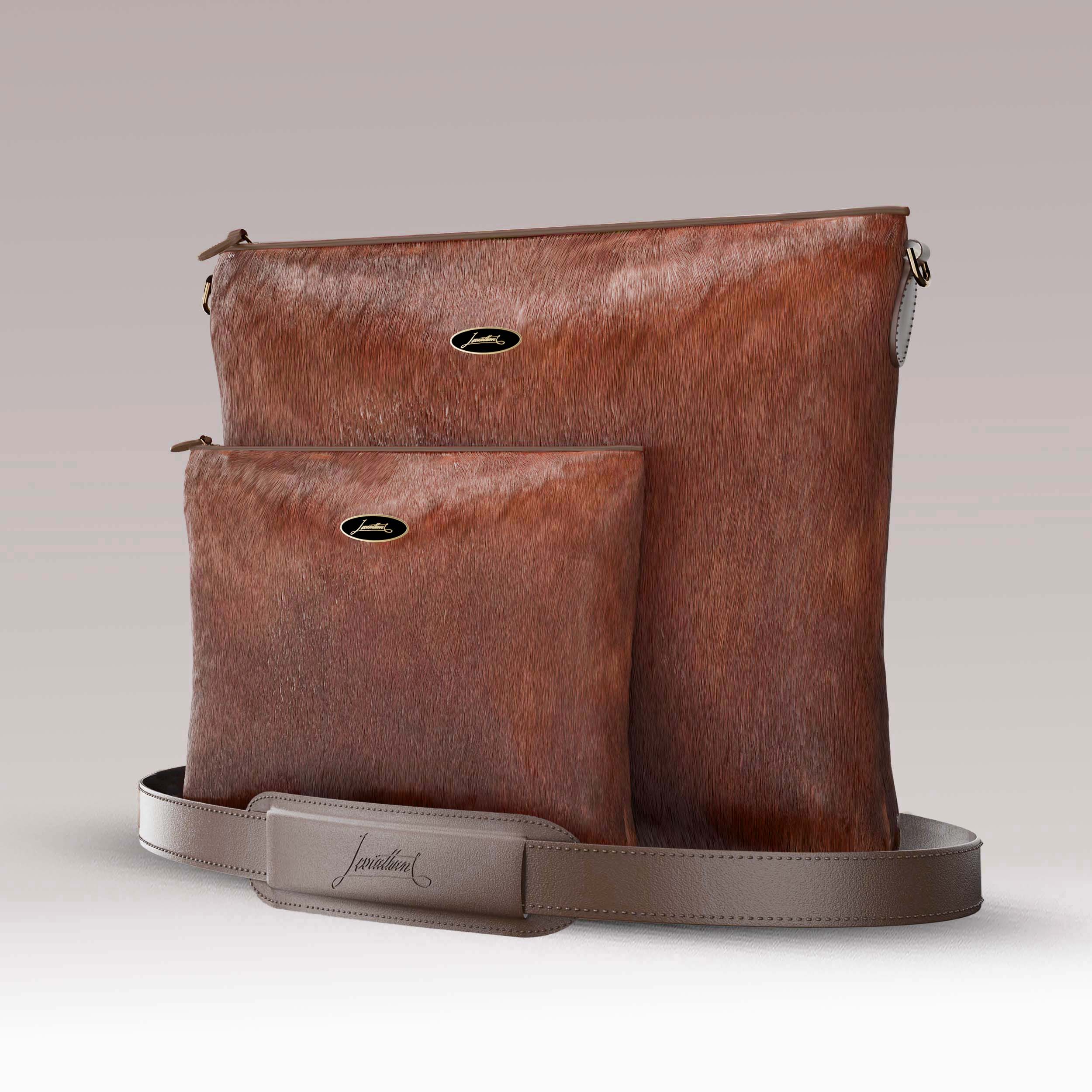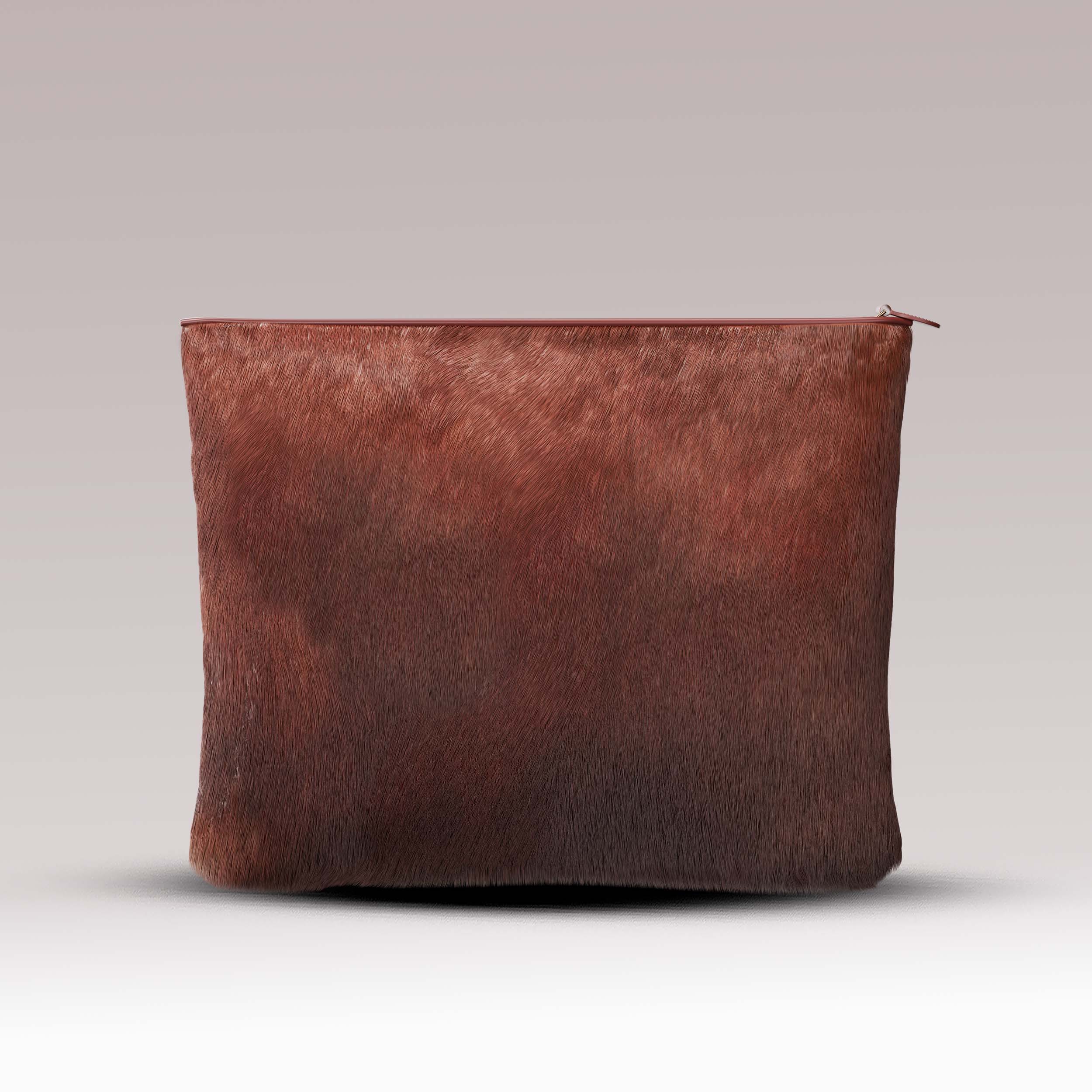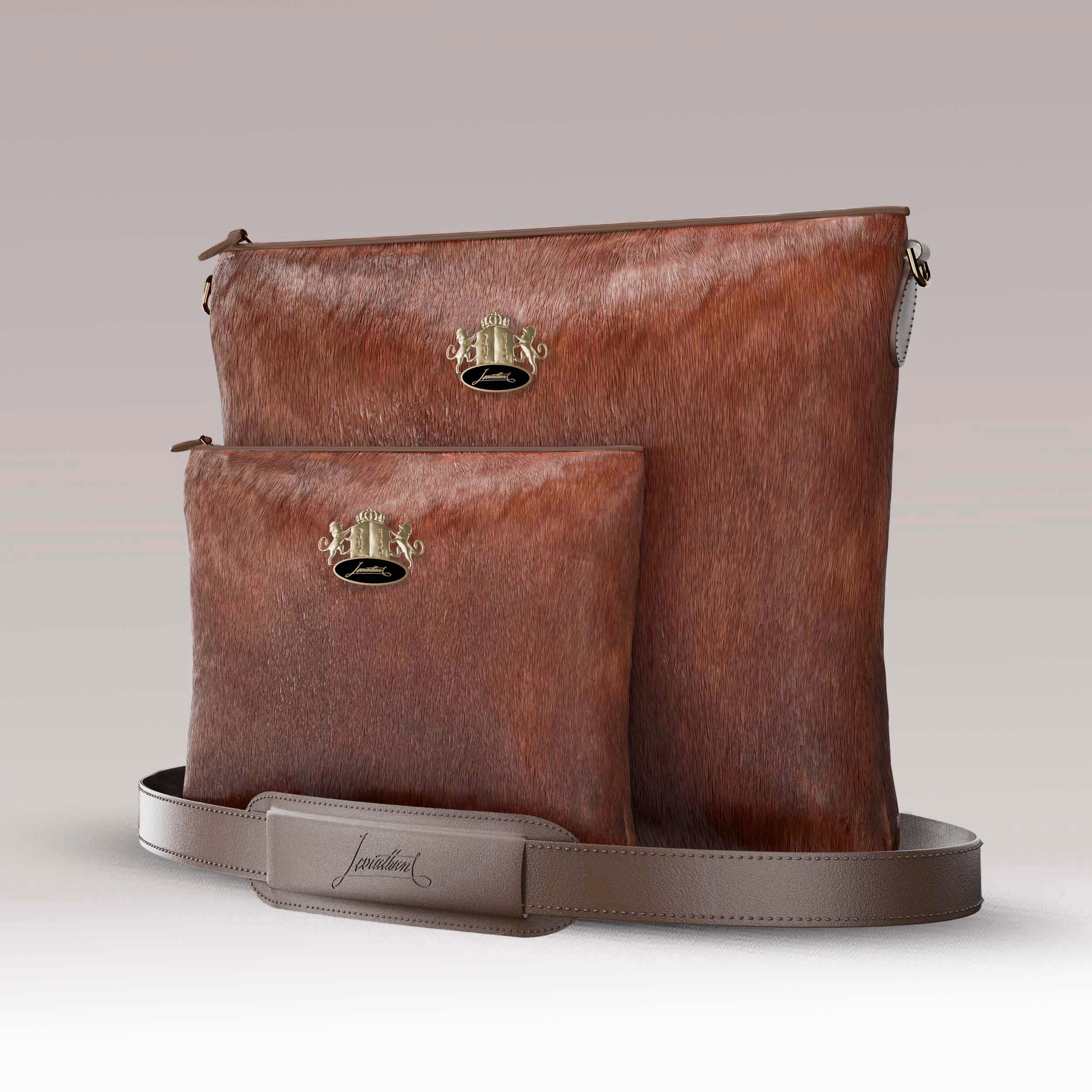
The Sacred Tradition of Tallit and Tefillin: An In-Depth Guide

The Tallit and Tefillin are two of the most significant and sacred items in Jewish worship, deeply rooted in thousands of years of tradition and spiritual practice. This guide explores the profound meaning, history, and religious significance of these holy items, offering insight into their role in Jewish life and how they continue to be an integral part of daily prayer and ritual observance.
Understanding the Tallit
The Tallit, often referred to as a prayer shawl, is a garment worn by Jewish men during morning prayers, on Shabbat, and during other religious holidays. Traditionally made from wool or silk, the Tallit is distinguished by its tzitzit—fringes attached to each of the four corners, which are explicitly commanded in the Torah. The purpose of the tzitzit is to serve as a physical reminder of the commandments and to inspire mindfulness in fulfilling the mitzvot (commandments).
The Tallit's origins trace back to biblical times, where it was mentioned in the Torah, specifically in the Book of Numbers (15:38-40), which instructs the Israelites to attach fringes to the corners of their garments. Over the centuries, the Tallit evolved from a simple cloak to a specialized religious item with deep spiritual significance. Today, the Tallit is often seen as a symbol of communal identity and personal connection to God.
The Symbolism of the Tallit
Every element of the Tallit is imbued with symbolism. The tzitzit, for instance, are made of threads and knots that are traditionally tied in a specific way to represent the numerical value of God's name. The act of wrapping oneself in the Tallit during prayer is symbolic of enveloping oneself in divine light and protection, creating a sacred space for communion with God.
The atarah, or neckband, which adorns many Tallits, often features embroidered blessings or verses from the Torah. This adornment not only adds beauty to the garment but also serves as a reminder of the sacred words that guide Jewish life.
The Significance of Tefillin
Tefillin, also known as phylacteries, are a set of small black leather boxes containing scrolls of parchment inscribed with verses from the Torah. These verses include the Shema, the central declaration of the Jewish faith. The Tefillin are worn during weekday morning prayers, with one box placed on the arm, facing the heart, and the other on the forehead, symbolizing the alignment of thought, emotion, and action with divine will.
The practice of wearing Tefillin is a direct commandment from the Torah, found in passages such as Deuteronomy 6:8, which instructs the faithful to bind these words as a sign upon their hands and as frontlets between their eyes. The Tefillin serve as a daily physical reminder of the covenant between God and the Jewish people, and their careful construction is governed by strict halachic (Jewish legal) requirements to ensure they are kosher.
Craftsmanship and Halachic Standards
Both the Tallit and Tefillin are crafted with meticulous attention to detail, ensuring they meet the highest religious standards. The making of Tefillin, in particular, is a specialized craft requiring the expertise of a skilled scribe (sofer) who writes the Torah scrolls by hand on parchment. The leather boxes and straps must also be prepared in accordance with Jewish law, from the tanning process to the precise assembly of the components.
The Tallit, while less complex in its construction, must also adhere to specific guidelines, particularly in the tying of the tzitzit, which involves a precise number of knots and windings that correspond to the commandments.
The Role of Tallit and Tefillin in Jewish Life
For many Jewish individuals, the Tallit and Tefillin are more than just ritual objects—they are essential components of daily spiritual practice and identity. From the first time a boy wraps himself in a Tallit and Tefillin at his Bar Mitzvah, these items become lifelong companions in his journey of faith. They are used in daily prayers, during significant life events, and on special occasions, serving as a constant reminder of one's relationship with God and the responsibilities of Jewish life.
The Tallit and Tefillin also play a crucial role in communal worship, symbolizing unity and shared purpose among the Jewish people. When a congregation gathers for prayer, the sight of many Tallits and Tefillin being worn simultaneously creates a powerful image of collective devotion.
Preserving Tradition in the Modern World
In today's world, the use of Tallit and Tefillin continues to be a deeply respected and cherished tradition. While modern designs and materials are available, the essence of these sacred items remains unchanged. For many, the process of selecting a Tallit or Tefillin set is a meaningful experience, often involving family input and careful consideration of the item's spiritual significance.
The customization of these items, such as adding a name or special design in Hebrew, allows individuals to personalize their Tallit and Tefillin in a way that reflects their unique connection to their faith. This blend of tradition and personal expression helps to keep the practice relevant and meaningful for each new generation.
Conclusion
The Tallit and Tefillin are more than just symbols; they are vital expressions of Jewish identity and faith, deeply rooted in tradition and rich in spiritual meaning. Whether passed down through generations or newly acquired, these sacred items continue to inspire devotion and connect individuals to the timeless practices of their ancestors. Through their daily use, the Tallit and Tefillin serve as a bridge between the past and present, reminding the faithful of their enduring commitment to God and the Jewish people.







